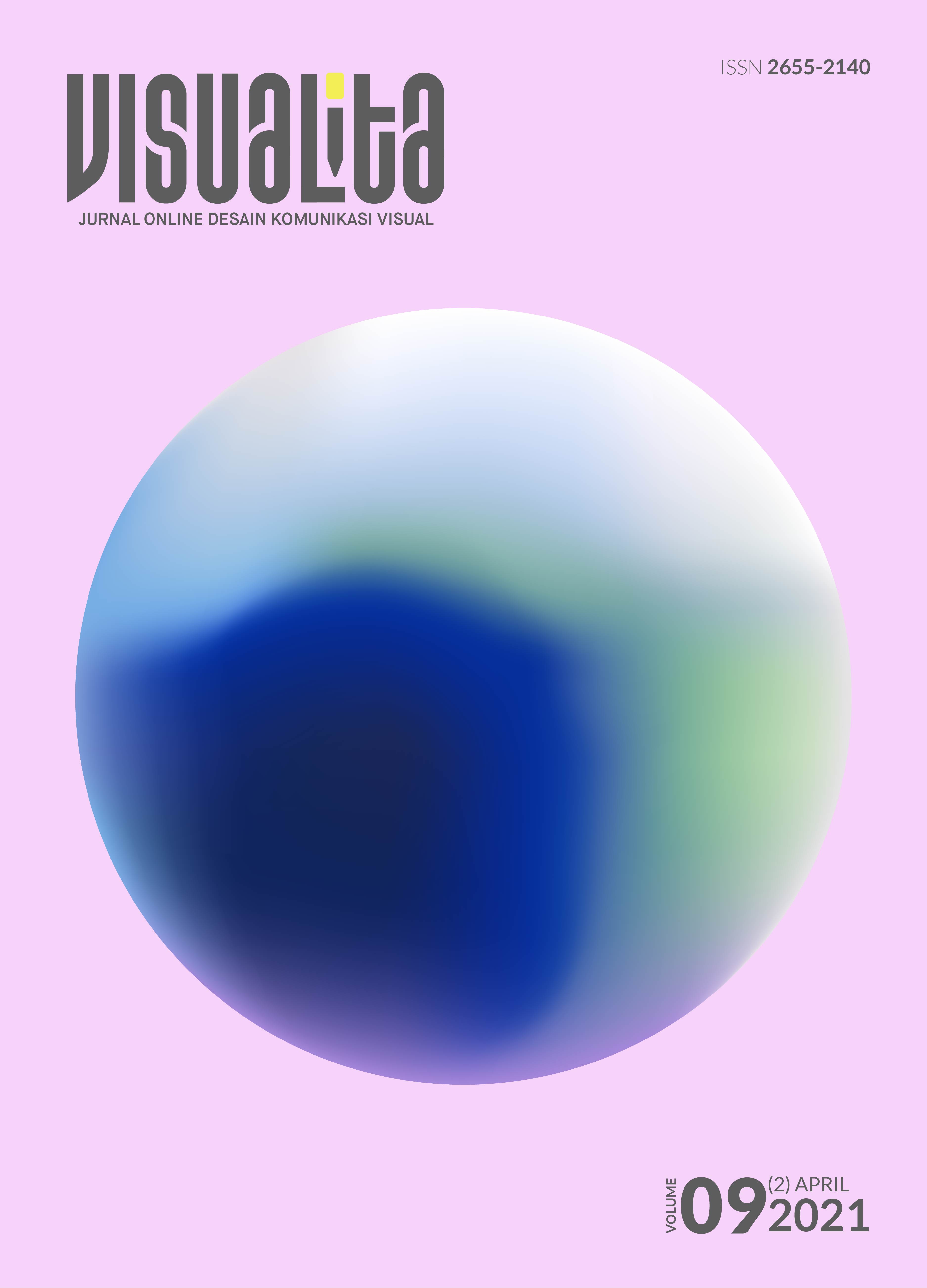REPRESENTATION OF MASCULINITY AS A POPULAR CULTURAL ATTRIBUTION IN VT X BTS ADVERTISING “TIME TO SHINEâ€
DOI:
https://doi.org/10.34010/visualita.v9i2.3809Keywords:
advertising, masculinity, popular culture, K-Beauty, HallyuAbstract
VT Cosmetics comes with new ad that uses BTS's K-Pop star brand ambassador, the ad represents masculinity as an attribute of popular culture. Therefore, this study aims to analyze how the representation of masculinity as an attribute of popular culture in VT x BTS "Time to Shine" advertisements. This research is included in qualitative research by searching data through literature and documentation studies. Then the data that has been obtained were analyzed using Roland Barthes' semiotic theory. The results of this study indicate that masculine men are not always represented only through the form of a manly, strong, and courageous body like the current convention. However, it also becomes natural when a man also pays attention to the beauty and health of his skin like a woman, this is a result of the development of Hallyu culture, which is pop culture. In the end, new masculinity is formed as an attribute of popular culture, its presence is favored by a certain group of people, so that it is very likely to develop in the future. The results of this study are useful for practitioners and academics engaged in advertising.
Downloads
Downloads
Published
Issue
Section
License
Authors who publish with Visualita agree to the following terms:
- Authors retain copyright and grant the journal right of first publication with the work simultaneously licensed under a Creative Commons Attribution-NonCommercial 4.0 International License.
- Authors are able to enter into separate, additional contractual arrangements for the non-exclusive public distribution and display of the journal's published version of the work (e.g., post it to an institutional repository or publish it in a book), with an acknowledgement of its initial publication in this journal.
- Authors wishing to include items (such as images or other media, or any creative works of others whether previously published or not) must contact the original copyright holder to obtain explicit permission to publish these items in Visualital. Writing permission should include: the title(s) of any copyrighted work, original place of publication if applicable, and an acknowledgement of having read Visualita copyright notice. Authors are responsible for obtaining this permission and keeping it in their own records for later verification.






